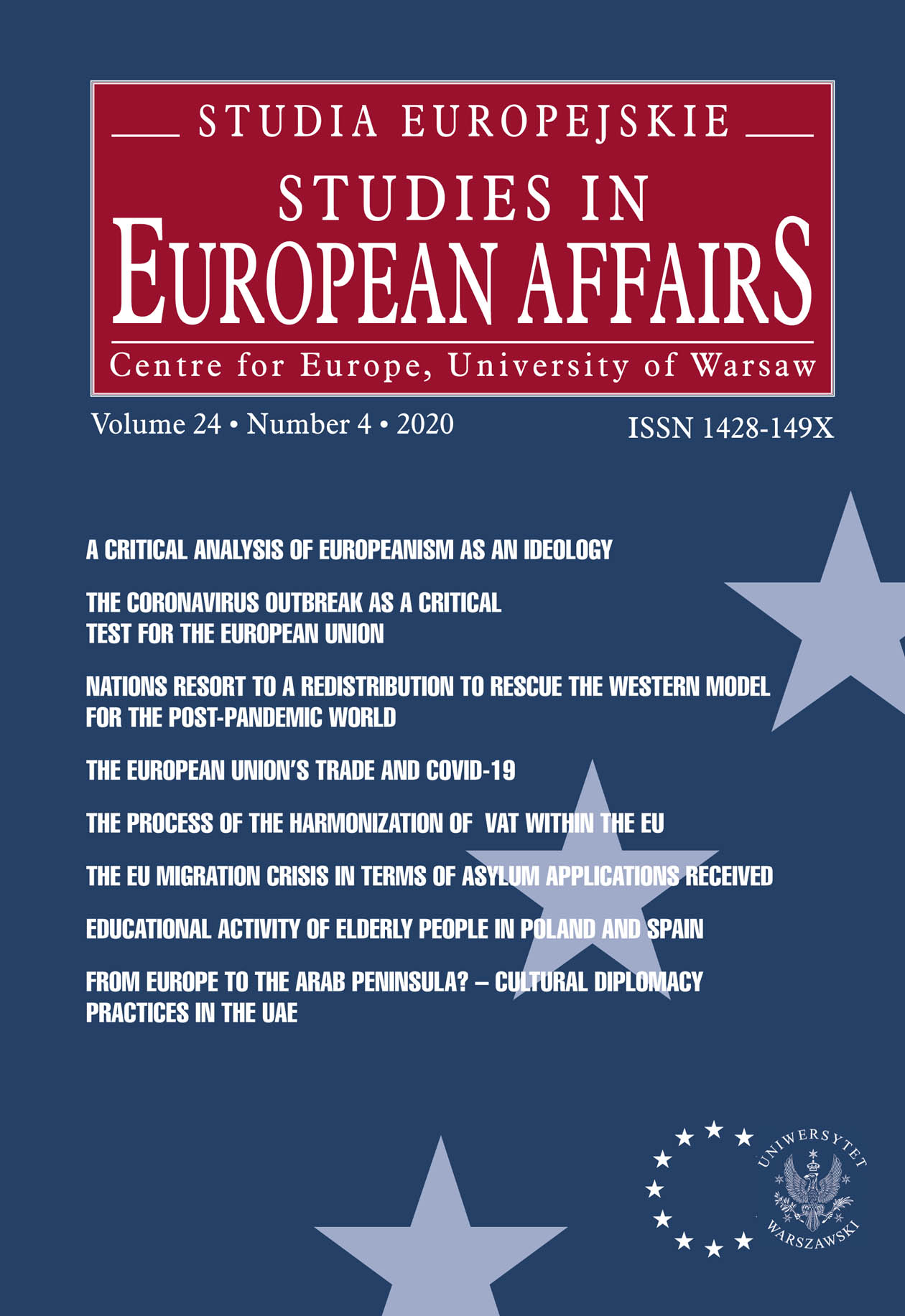The Evolution of the Process of the harmonization of Value Added Tax (VAT) Within the European Union
The Evolution of the Process of the Harmonization of Value Added Tax (VAT) Within the European Union
Author(s): Leokadia OręziakSubject(s): Economy, EU-Approach / EU-Accession / EU-Development
Published by: Centrum Europejskie Uniwersytetu Warszawskiego
Keywords: European Union; Single Market; Tax; Tax Harmonization; VAT; Public Expenditure;
Summary/Abstract: The aim of the article is to analyse the process of harmonizing the valueadded tax (VAT) in the European Union, and in particular the factors behind the decision to build a common VAT system based on the country ofdestination principle instead of, as initially assumed, the country of origin principle. Characterizing the conditions in which this change in approach took place, the specifi c features of public finances of these countries werepresented, in particular the relation of public expenditure as well as thegeneral level of taxation to GDP. Large differences between EU MemberStates in this area are one of the main factors making these countries notagree to resign from their sovereignty in shaping taxes. This, in turn, affects the direction and possibilities of the tax harmonization process in theUnion, including in the fi eld of VAT. The transitional VAT system operating in the EU since 1993 has been pragmatically adapted to the needs arising from the development of intra-EU trade. Its transformation plannedin 2022 to become a new defi nitive system based on the country of destination principle requires the support of Member States for major legislative changes necessary for its implementation.
Journal: Studia Europejskie
- Issue Year: 24/2020
- Issue No: 4
- Page Range: 93-108
- Page Count: 16
- Language: English

